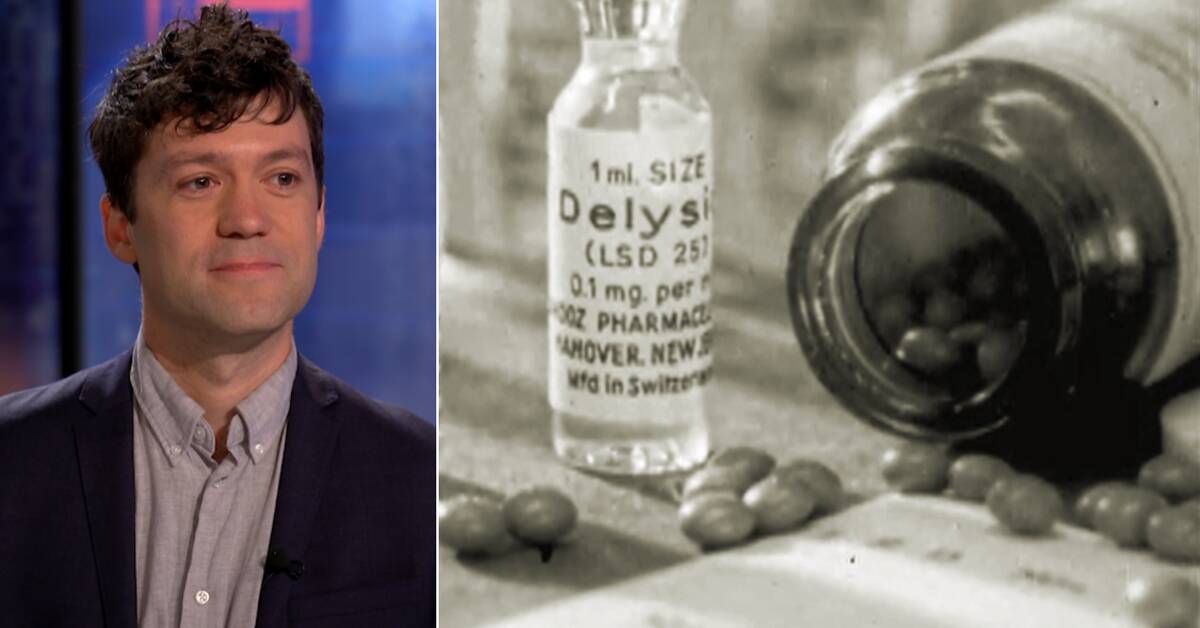Psychedelic substances such as psilocybin from magic mushrooms and the molecule MDMA from the party drug ecstasy are being tested today together with talk therapy for depression and post-traumatic stress disorder (PTSD).
But the use of psychedelic substances goes far back in history.
- The mill dates back thousands of years.
The ancient Greek doctors described antipsychotic and antidepressant properties of, among other things, the plant Christmas rose.
Carl von Linné later picks up this ball and wrote a drug book in which he describes imaginative substances, says cultural journalist Leonidas Aretakis in The World of Science.
He has written the book Ecstasy in the Folkhemmet about the history of the psychedelic delicacy in Sweden.
LSD as an interrogator
LSD is a hallucinogenic substance that was first developed in the late 1930s by the Swiss chemist Albert Hofmann.
During the 50s and 60s, the subject's hallucinatory effects were tested by researchers in Sweden and the USA, among other places, with the aim of inducing psychoses in order to better understand the human psyche.
At the Swedish Armed Forces' research institute in Sweden, experiments were also carried out to see if LSD could be used as a chemical weapon in the military.
- The ultimate goal was to see if the defense could develop an interrogation technique that could be used in war, says Leonidas Aretakis.
Experimental researchers
Later, new substances were also discovered and tested, and Swedish researchers used their own experiences in the search for medicines.
- Researchers from Karolinska Institutet went to the Amazon and stuffed one or the other leaf, and in their drug experiences they realized which substances they wanted to take back to the laboratories to find medicine.
It is a rather spectacular form of research that we may not see today, says Leonidas Aretakis.
The crossroads of research
During the 1960s, LSD spread from the clinics to the hipper movement.
Politicians began to worry about the increasing use of LSD and the opinions that simultaneously spread within the movement.
- There was a conservative concern that the youth would let their hair grow out and that they would rebel against the parent generation.
In Sweden, there was also concern that young people would not become active citizens and that they might not go out and demonstrate, says Leonidas Aretakis.
In the late 1960s, the substance was banned in many countries and subsequently classified by the UN as the most dangerous type of drug.
It was the end of the research on psychedelic therapy when researchers no longer had access to the drug-classified substances.
It took until the 90s before psychedelic research was again allowed in Sweden and the USA, among other places, after a break of just over 20 years.
You can see more about the progress in psychedelic science in "Healthy of magical mushrooms" in the World of Science on Monday 25 April at 20:00 on SVT2 or on Sunday on SVTPlay.

